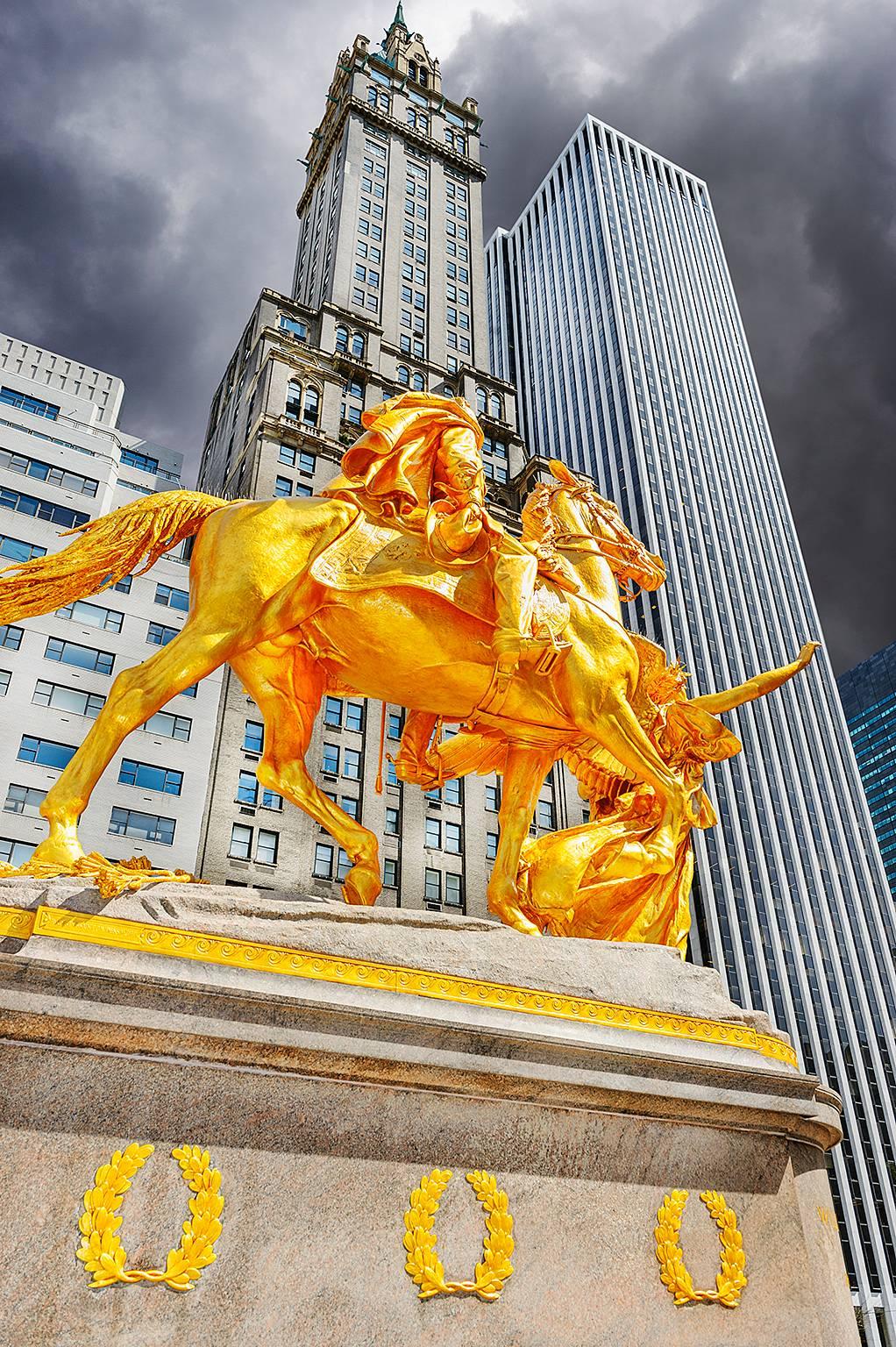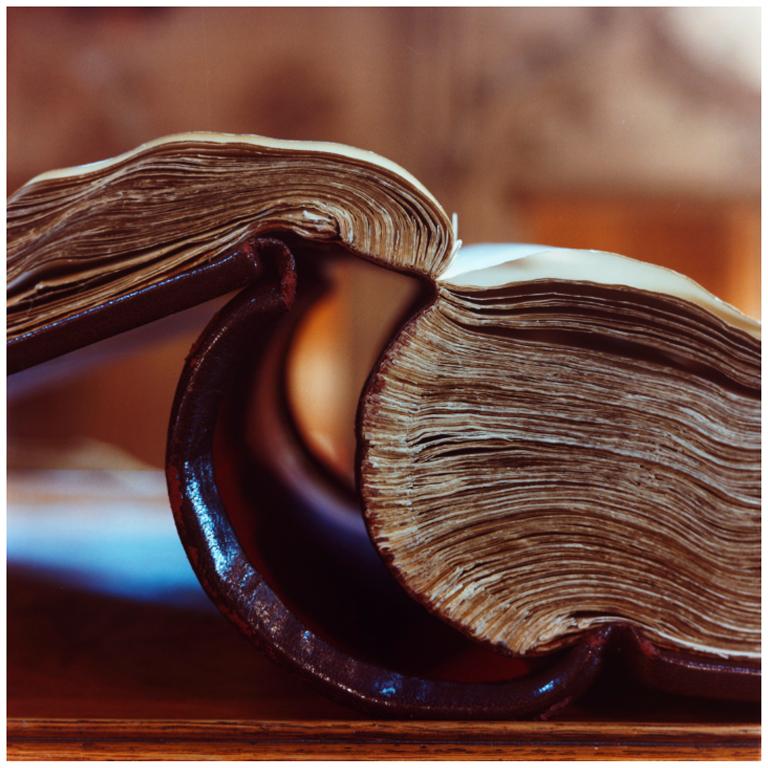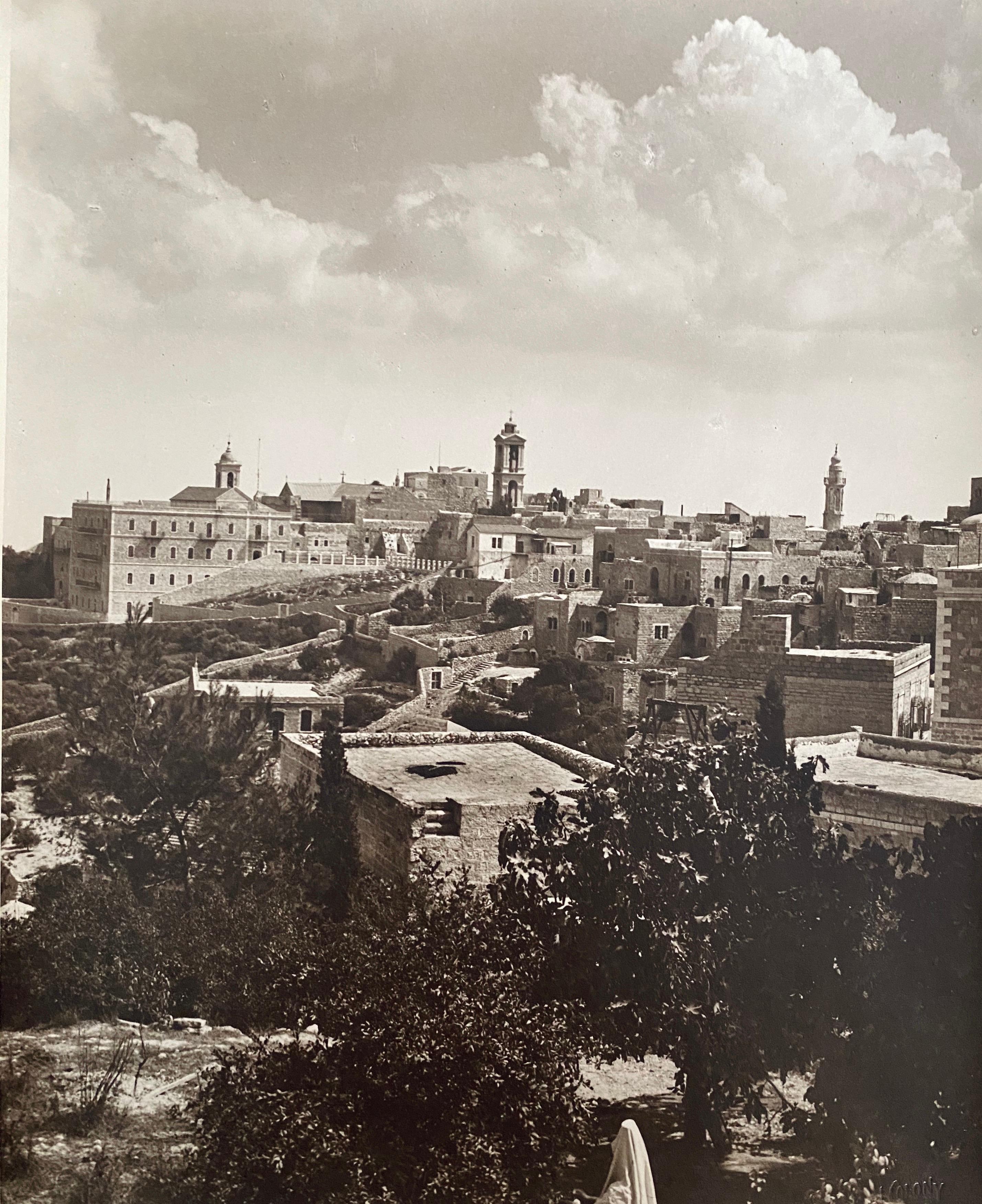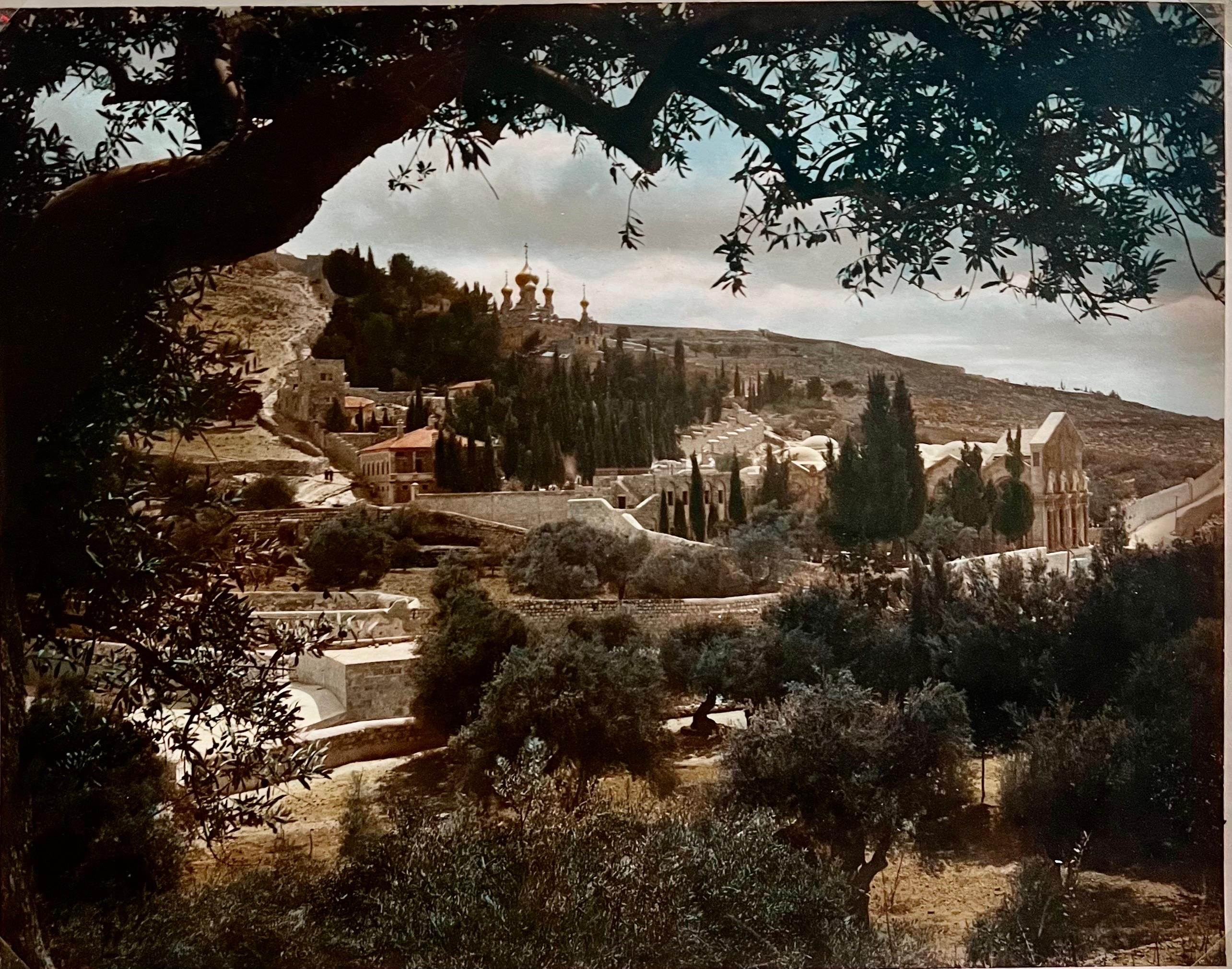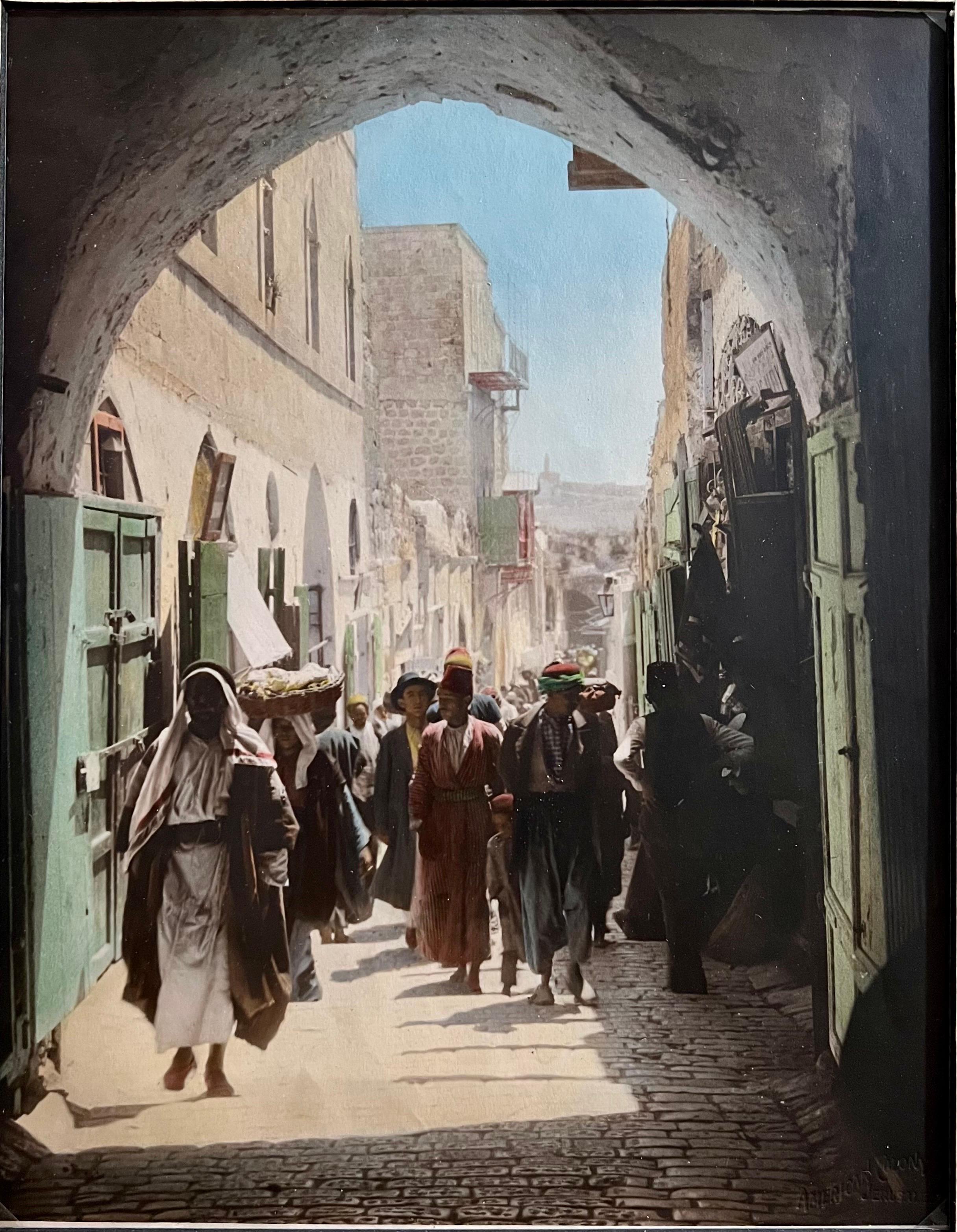Items Similar to Outils séculaires 1/5
Want more images or videos?
Request additional images or videos from the seller
1 of 6
Valérie GraftieauxOutils séculaires 1/52003
2003
About the Item
Nourrie de science et de curiosité et ouverte à ce qui l’entoure, Valérie Graftieaux porte une attention particulière aux détails. La nature l’inspire et lui permet de révéler un réseau de liens, de connivences, d’extrapolations entre le microcosme et le macrocosme, entre le singulier et l’universel, entre l’image et l’imaginaire du spectateur. Les objets et les scènes du quotidien attirent également son attention. On y retrouve un esprit proche du cabinet de curiosités, du Wunderkammer du XVIIe : qui nous invite à comprendre le monde à partir d’objets singuliers.
Son travail photographique, comme celui du dessin, fonctionne par série : comment donner à voir la complexité et l’évidence ? C’est le dialogue et le va-et-vient entre les différentes pièces de la série qui matérialisent le questionnement. Elle crée alors des familles d’images, avec une prédilection pour les formes rhizomiques, qui renvoient directement à notre existence physique et à notre fonctionnement cérébral digressif.
Ce travail d’inventaire et d’invention d’un monde, dialogue avec l’universel, et témoigne d’un regard très personnel.
- Creator:Valérie Graftieaux
- Creation Year:2003
- Dimensions:Height: 47.25 in (120 cm)Width: 31.5 in (80 cm)Depth: 0.16 in (4 mm)
- More Editions & Sizes:120 x 80Price: $1,825
- Medium:
- Movement & Style:
- Period:
- Condition:
- Gallery Location:STRASBOURG, FR
- Reference Number:1stDibs: LU2217213571162
About the Seller
No Reviews Yet
Vetted Seller
These experienced sellers undergo a comprehensive evaluation by our team of in-house experts.
Established in 2020
1stDibs seller since 2022
- ShippingRetrieving quote...Ships From: STRASBOURG, France
- Return PolicyA return for this item may be initiated within 14 days of delivery.
More From This SellerView All
- Couteau paysage Le hachoir - fine art color print on dibondLocated in STRASBOURG, FRSérie d’objets de nos tiroirs ou de nos ateliers, magnifiés par des paysages, ou comment le rêve est devenu réalité en coupant une pomme, en hachant des herbe...Category
2010s Modern Photography
MaterialsPhotographic Paper
- Ramures cérébrales n° 48Located in STRASBOURG, FRValérie Graftieaux est photographe et plasticienne. Nourrie de science et de curiosité et ouverte à ce qui l’entoure, Valérie Graftieaux porte une attention particulière aux détails...Category
2010s Modern Photography
MaterialsPhotographic Paper
- Outils séculairesLocated in STRASBOURG, FRNourrie de science et de curiosité et ouverte à ce qui l’entoure, Valérie Graftieaux porte une attention particulière aux détails. La nature l’inspire et lui permet de révéler un ré...Category
Early 2000s Modern Photography
MaterialsPhotographic Paper
- Géographies SèchesLocated in STRASBOURG, FRValérie Graftieaux est photographe et plasticienne. Nourrie de science et de curiosité et ouverte à ce qui l’entoure, Valérie Graftieaux porte une attention particulière aux détails...Category
2010s Modern Photography
MaterialsPhotographic Paper
- Ramures cérébrales n° 47Located in STRASBOURG, FRValérie Graftieaux est photographe et plasticienne. Nourrie de science et de curiosité et ouverte à ce qui l’entoure, Valérie Graftieaux porte une attention particulière aux détails...Category
2010s Modern Photography
MaterialsPhotographic Paper
- Couteau à huîtresLocated in STRASBOURG, FRSérie d’objets de nos tiroirs ou de nos ateliers, magnifiés par des paysages, ou comment le rêve est devenu réalité en coupant une pomme, en hachant des herbe...Category
2010s Modern Photography
MaterialsPhotographic Paper
You May Also Like
- Central Park Heroic StatueBy Mitchell FunkLocated in Miami, FLSigned and dated on lower right, numbered on verso, 2/15 , other size available, unframedCategory
Academic Color Photography
MaterialsPhotographic Paper
- Book, John Rylands Library, Manchester - Contemporary Color PhotographyBy Richard HeepsLocated in Cambridge, GBPhotographed in 1987 in John Rylands Library, Manchester and was part of Richard Heeps iconic series 'Ordinary Places', which was his first colour collection. The exhibition was show...Category
1980s Academic Color Photography
MaterialsPhotographic Paper, C Print, Color, Silver Gelatin
- Vintage Large Albumen Photo Jerusalem LandscapeBy American Colony JerusalemLocated in Surfside, FLThe Original American Colony was a colony established in Jerusalem in 1881 by members of a utopian society led by Anna and Horatio Spafford. Now a hote...Category
Late 19th Century Academic Black and White Photography
MaterialsPhotographic Paper
- Vintage Large Albumen Photo Jerusalem Photograph American Colony Old City MarketBy American Colony JerusalemLocated in Surfside, FLThe mat measures 21 X 16 the images are around 12 X 9 inches. They bear the blindstamp of the American Colony Jerusalem. I am not sure if these are hand colored but they are from the period. Old City Shuk or Souq. The Original American Colony was a colony established in Jerusalem in 1881 by members of a utopian society led by Anna and Horatio Spafford. Now a hotel in East Jerusalem, it is still known by that name today. After suffering a series tragic losses following the Great Chicago Fire of 1871 (see hymn "It is Well with My Soul"), Chicago residents Anna and Horatio Spafford led a small American contingent in 1881 to Jerusalem to form a utopian society. The "American Colony," as it became known, was later joined by Swedish Christians. The society engaged in philanthropic work amongst the people of Jerusalem regardless of religious affiliation, gaining the trust of the local Muslim, Jewish, and Christian communities.During and immediately after World War I, the American Colony carried out philanthropic work to alleviate the suffering of the local inhabitants, opening soup kitchens, hospitals, orphanages and other charitable ventures. Towards the end of the 1950s, the society's communal residence was converted into the American Colony Hotel. The hotel is an integral part of the Jerusalem landscape where members of all communities in Jerusalem still meet. In 1992 representatives from the Palestine Liberation Organization and Israel met in the hotel where they began talks that led to the historic 1993 Oslo Peace Accord. Panorama of Jerusalem, c. 1890-1920 The Colony moved to the large house of a wealthy Arab landowner, Rabbah Husseini, outside the city walls in Sheikh Jarrah on the road to Nablus. Part of the building was used as a hostel for visitors from Europe and America. A small farm developed with animals, a butchery, a dairy, a bakery, a carpenter's shop, and a smithy. The economy was supplemented by a shop selling photographs, craft items and archaeological artifacts. The American Colonists were embraced by the Jewish and Palestinian communities for their good works, among them, teaching in both Muslim and Jewish schools. Photography Around 1900, Elijah Meyers, a member of the American Colony, began taking photographs of places and events in and around the city of Jerusalem. Meyers's work eventually expanded into a full-fledged photographic division within the Colony, including Hol Lars (Lewis) Larsson and G. Eric Matson, who later renamed the effort as the Matson Photographic Service. Their interest in archeological artifacts (such as the Lion Tower in Tripoli pictured here), and the detail of their photographs, led to widespread interest in their work by archeologists. The collection was later donated to the Library of Congress. World War I When the Ottoman Empire entered World War I as an ally of Germany in November 1914, Jerusalem and Palestine became a battleground between the Allied and the Central powers. The Allied forces from Egypt, under the leadership of the British, engaged the German, Austrian and Turkish forces in fierce battles for control of Palestine. During this time the American Colony assumed a more crucial role in supporting the local populace through the deprivations and hardships of the war. Because the Turkish military...Category
Early 20th Century Academic Black and White Photography
MaterialsPhotographic Paper
- Vintage Large Albumen Photo Jerusalem Photograph American Colony Mt Zion TreesBy American Colony JerusalemLocated in Surfside, FLThe mat measures 21 X 16 the images are around 12 X 9 inches. They bear the blindstamp of the American Colony Jerusalem. I am not sure if these are hand colored but they are from the period. Old City Shuk or Souq. The Original American Colony was a colony established in Jerusalem in 1881 by members of a utopian society led by Anna and Horatio Spafford. Now a hotel in East Jerusalem, it is still known by that name today. After suffering a series tragic losses following the Great Chicago Fire of 1871 (see hymn "It is Well with My Soul"), Chicago residents Anna and Horatio Spafford led a small American contingent in 1881 to Jerusalem to form a utopian society. The "American Colony," as it became known, was later joined by Swedish Christians. The society engaged in philanthropic work amongst the people of Jerusalem regardless of religious affiliation, gaining the trust of the local Muslim, Jewish, and Christian communities.During and immediately after World War I, the American Colony carried out philanthropic work to alleviate the suffering of the local inhabitants, opening soup kitchens, hospitals, orphanages and other charitable ventures. Towards the end of the 1950s, the society's communal residence was converted into the American Colony Hotel. The hotel is an integral part of the Jerusalem landscape where members of all communities in Jerusalem still meet. In 1992 representatives from the Palestine Liberation Organization and Israel met in the hotel where they began talks that led to the historic 1993 Oslo Peace Accord. Panorama of Jerusalem, c. 1890-1920 The Colony moved to the large house of a wealthy Arab landowner, Rabbah Husseini, outside the city walls in Sheikh Jarrah on the road to Nablus. Part of the building was used as a hostel for visitors from Europe and America. A small farm developed with animals, a butchery, a dairy, a bakery, a carpenter's shop, and a smithy. The economy was supplemented by a shop selling photographs, craft items and archaeological artifacts. The American Colonists were embraced by the Jewish and Palestinian communities for their good works, among them, teaching in both Muslim and Jewish schools. Photography Around 1900, Elijah Meyers, a member of the American Colony, began taking photographs of places and events in and around the city of Jerusalem. Meyers's work eventually expanded into a full-fledged photographic division within the Colony, including Hol Lars (Lewis) Larsson and G. Eric Matson, who later renamed the effort as the Matson Photographic Service. Their interest in archeological artifacts (such as the Lion Tower in Tripoli pictured here), and the detail of their photographs, led to widespread interest in their work by archeologists. The collection was later donated to the Library of Congress. World War I When the Ottoman Empire entered World War I as an ally of Germany in November 1914, Jerusalem and Palestine became a battleground between the Allied and the Central powers. The Allied forces from Egypt, under the leadership of the British, engaged the German, Austrian and Turkish forces in fierce battles for control of Palestine. During this time the American Colony assumed a more crucial role in supporting the local populace through the deprivations and hardships of the war. Because the Turkish military...Category
Early 20th Century Academic Black and White Photography
MaterialsPhotographic Paper
- Vintage Large Albumen Photo Jerusalem Photograph American Colony Old City MarketBy American Colony JerusalemLocated in Surfside, FLThe mat measures 21 X 16 the images are around 12 X 9 inches. They bear the blindstamp of the American Colony Jerusalem. I am not sure if these are hand colored but they are from the period. Old City Shuk or Souq. The Original American Colony was a colony established in Jerusalem in 1881 by members of a utopian society led by Anna and Horatio Spafford. Now a hotel in East Jerusalem, it is still known by that name today. After suffering a series tragic losses following the Great Chicago Fire of 1871 (see hymn "It is Well with My Soul"), Chicago residents Anna and Horatio Spafford led a small American contingent in 1881 to Jerusalem to form a utopian society. The "American Colony," as it became known, was later joined by Swedish Christians. The society engaged in philanthropic work amongst the people of Jerusalem regardless of religious affiliation, gaining the trust of the local Muslim, Jewish, and Christian communities.During and immediately after World War I, the American Colony carried out philanthropic work to alleviate the suffering of the local inhabitants, opening soup kitchens, hospitals, orphanages and other charitable ventures. Towards the end of the 1950s, the society's communal residence was converted into the American Colony Hotel. The hotel is an integral part of the Jerusalem landscape where members of all communities in Jerusalem still meet. In 1992 representatives from the Palestine Liberation Organization and Israel met in the hotel where they began talks that led to the historic 1993 Oslo Peace Accord. Panorama of Jerusalem, c. 1890-1920 The Colony moved to the large house of a wealthy Arab landowner, Rabbah Husseini, outside the city walls in Sheikh Jarrah on the road to Nablus. Part of the building was used as a hostel for visitors from Europe and America. A small farm developed with animals, a butchery, a dairy, a bakery, a carpenter's shop, and a smithy. The economy was supplemented by a shop selling photographs, craft items and archaeological artifacts. The American Colonists were embraced by the Jewish and Palestinian communities for their good works, among them, teaching in both Muslim and Jewish schools. Photography Around 1900, Elijah Meyers, a member of the American Colony, began taking photographs of places and events in and around the city of Jerusalem. Meyers's work eventually expanded into a full-fledged photographic division within the Colony, including Hol Lars (Lewis) Larsson and G. Eric Matson, who later renamed the effort as the Matson Photographic Service. Their interest in archeological artifacts (such as the Lion Tower in Tripoli pictured here), and the detail of their photographs, led to widespread interest in their work by archeologists. The collection was later donated to the Library of Congress. World War I When the Ottoman Empire entered World War I as an ally of Germany in November 1914, Jerusalem and Palestine became a battleground between the Allied and the Central powers. The Allied forces from Egypt, under the leadership of the British, engaged the German, Austrian and Turkish forces in fierce battles for control of Palestine. During this time the American Colony assumed a more crucial role in supporting the local populace through the deprivations and hardships of the war. Because the Turkish military...Category
Early 20th Century Academic Black and White Photography
MaterialsPhotographic Paper
Recently Viewed
View AllMore Ways To Browse
Nude Black And White Vintage Photography
Contemporary Leopard Artwork
60 Long
Photography For Horse
Modernism Male Nude
Series 71
The Clash Photographs
Jimmy Connors Wimbledon
Nature Photographs Of Wild Animals
Bb 19 2b
Chris Crouch
Japanese Mountain Landscape
Long Island New York Photography
Kodak Display
Donna Karan 1998
Paper Blossoms
1970s Red Flamenco
Shirley Verrett
